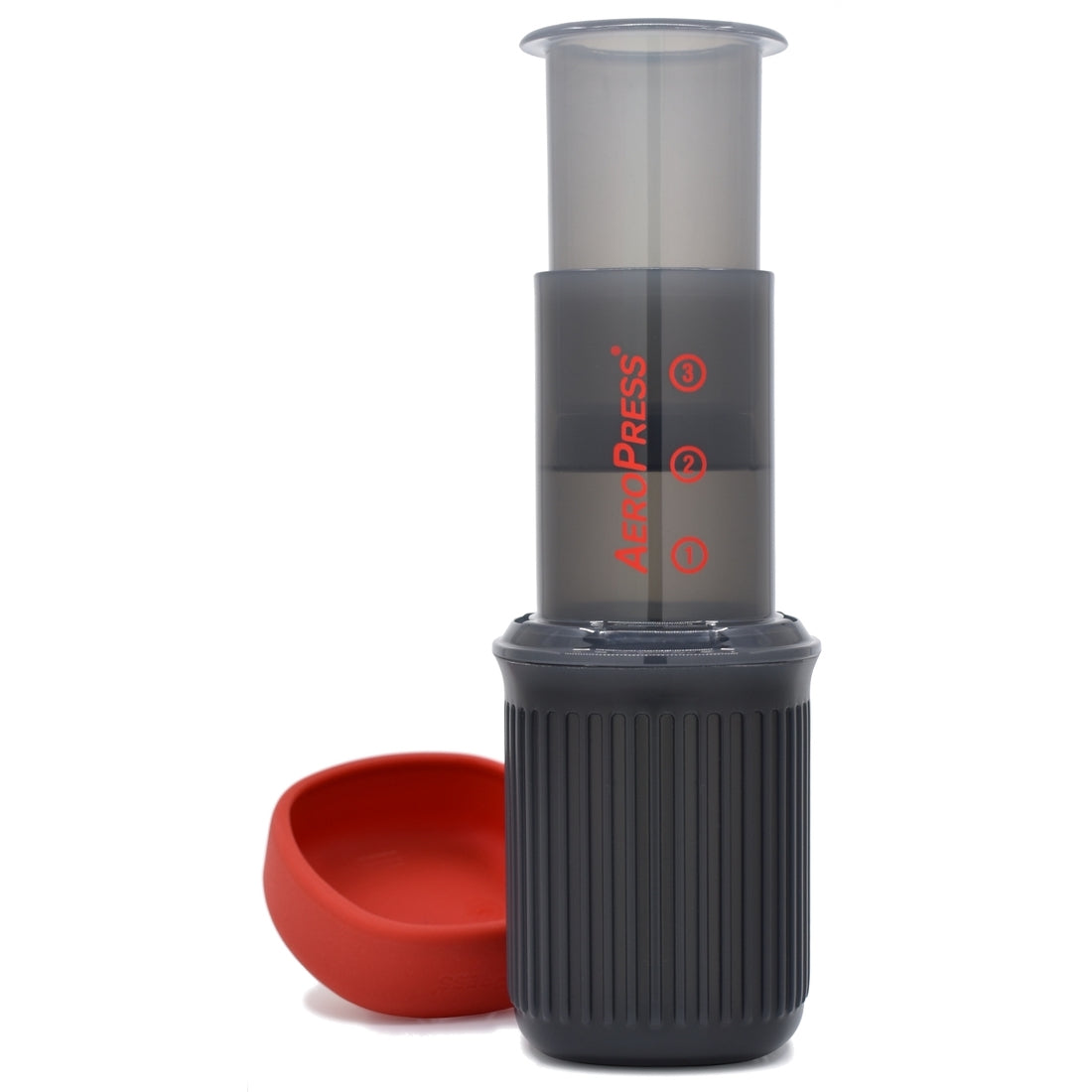As the seasons change, many people experience a shift in mood and energy levels. For some, this shift is more pronounced and can result in a form of depression known as Seasonal Affective Disorder (SAD). SAD affects millions of people each year, and it can be difficult to manage without proper support and guidance. In this article, we’ll discuss what SAD is, its symptoms, and effective ways to overcome it.
What is Seasonal Affective Disorder?
Seasonal Affective Disorder (SAD) is a type of depression that occurs during specific times of the year, usually in the fall and winter months. This is due to a lack of sunlight, which can affect our circadian rhythms and disrupt the production of hormones that regulate our mood, sleep, and appetite. SAD can also occur in the summer months, but it’s less common.
- SAD affects up to 10% of the population in northern latitudes (i.e. areas that are farther from the equator) (National Institute of Mental Health).
- Women are four times more likely than men to experience SAD (American Family Physician).
- SAD is most common in people between the ages of 18 and 30, although it can affect people of any age (Mayo Clinic).
- People with a family history of depression or SAD may be more likely to develop the condition themselves (National Alliance on Mental Illness).
- Light therapy is effective in treating SAD in up to 85% of cases (National Institute of Mental Health).
Symptoms of SAD
The symptoms of SAD are similar to those of other forms of depression, but they tend to be more pronounced during the winter months. Common symptoms include:
- Feeling sad, anxious, or irritable
- Loss of interest in activities you once enjoyed
- Low energy or fatigue
- Difficulty sleeping or oversleeping
- Changes in appetite or weight
- Difficulty concentrating or making decisions
- Feeling hopeless or worthless
- Suicidal thoughts or behaviors (in severe cases)
If you experience these symptoms for two or more consecutive winters, you may be diagnosed with SAD.
Ways to Overcome SAD
Fortunately, there are many ways to overcome SAD and manage its symptoms. Here are some effective strategies:
-
Light therapy: Light therapy involves exposure to bright light, which can help regulate your circadian rhythms and improve your mood. This can be done with a specialized light box that emits bright light, or by spending more time outdoors during the day.
-
Exercise: Exercise is a powerful mood booster and can help combat the fatigue and low energy associated with SAD. Aim for at least 30 minutes of moderate exercise most days of the week.
-
Healthy eating: A balanced diet that includes plenty of fruits, vegetables, and lean protein can help regulate your mood and energy levels. Avoid processed foods and sugary snacks, which can cause energy crashes and mood swings.
-
Stress management: Chronic stress can worsen the symptoms of SAD. Practice stress-management techniques such as yoga, meditation, or deep breathing to help reduce stress and anxiety.
-
Social support: Spending time with loved ones and engaging in social activities can help improve your mood and reduce feelings of isolation and loneliness.
-
Seek professional help: If your symptoms are severe or persistent, seek the help of a mental health professional. They can provide counseling, medication, or other treatments to help you manage your symptoms.
Conclusion:
Seasonal Affective Disorder can be a challenging condition to manage, but there are many effective strategies for overcoming its symptoms. Light therapy, exercise, healthy eating, stress management, social support, and professional help are all important tools in managing SAD. By taking a comprehensive approach and seeking support when needed, you can effectively manage SAD and improve your overall well-being.
⚠️ If you are experiencing suicidal thoughts or behaviors, it’s important to seek help immediately. Here are some resources you can contact:
- National Suicide Prevention Lifeline: Call 1-800-273-TALK (8255) for free and confidential support 24/7. You can also chat with a counselor on their website.
- Crisis Text Line: Text HOME to 741741 to connect with a trained crisis counselor for free and confidential support 24/7.
- Emergency services: If you are in immediate danger, call 911 or go to the nearest emergency room.
It’s important to remember that you don’t have to face suicidal thoughts or behaviors alone. These resources are available to provide support and help you stay safe. Don’t hesitate to reach out for help.
References:
- National Institute of Mental Health. (2016). Seasonal Affective Disorder. https://www.nimh.nih.gov/health/publications/seasonal-affective-disorder/index.shtml
- American Family Physician. (2015). Seasonal Affective Disorder. https://www.aafp.org/afp/2015/1201/p881.html
- Mayo Clinic. (2019). Seasonal affective disorder (SAD). https://www.mayoclinic.org/diseases-conditions/seasonal-affective-disorder/symptoms-causes/syc-20364651
- National Alliance on Mental Illness. (2019). Seasonal Affective Disorder. https://www.nami.org/About-Mental-Illness/Common-with-Mental-Illness/Seasonal-Affective-Disorder
- National Institute of Mental Health. (2016). Seasonal Affective Disorder. https://www.nimh.nih.gov/health/publications/seasonal-affective-disorder/index.shtml









